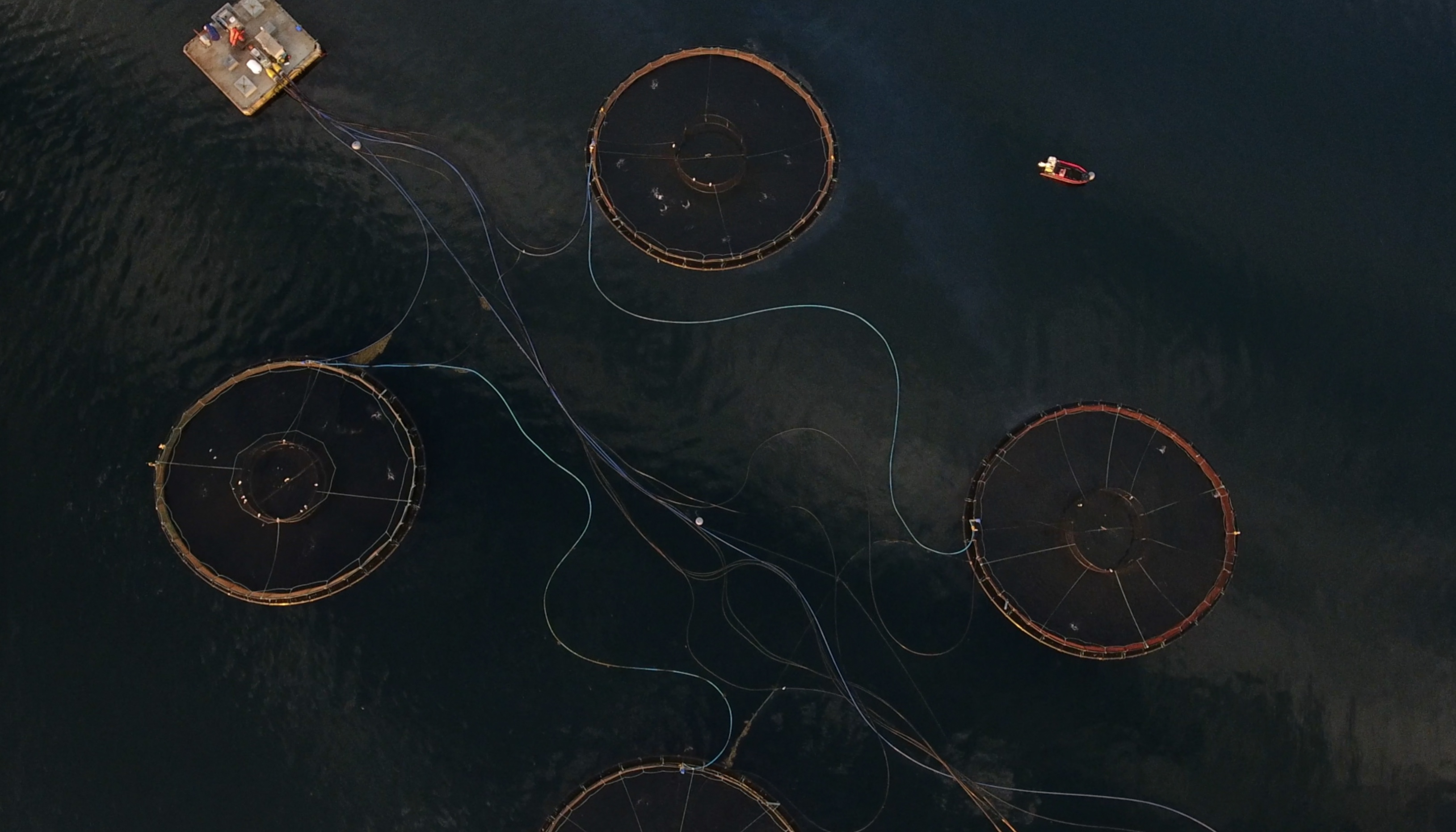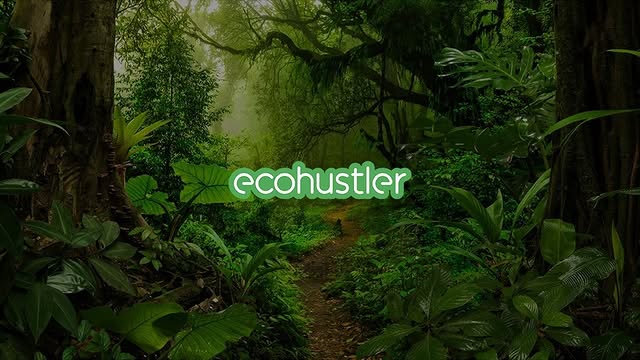Salmon and Trout Conservation Scotland has launched a new indicative geographical representation of sea lice emissions from Scottish salmon farms in the west Highlands and Islands.
Drawing on the latest weekly published official data, this ground-breaking map provides a graduated visual indication of the farms and areas with the highest numbers. This is believed to be the first such initiative in Scotland.
The map may be viewed via this link – https://salmon-trout.org/weekly-sea-lice-hotspots/
Andrew Graham-Stewart, Director of Salmon and Trout Conservation Scotland, said:
SUPPORTED BY HEROES LIKE YOU
Support independent eco journalism that drives real change.“Whilst the self-reporting of weekly sea lice numbers by all Scottish salmon farms has been a statutory requirement since March, the data is presented by Sepa in a form that is difficult to navigate, analyse and digest. Our new mapping tool is simple to understand, enabling users to appreciate immediately where the current sea lice problem areas are, the scale of the emissions and which farms and companies are involved.
“By shining a light on the main farms and areas of concern, the map should be invaluable in holding regulators, who are responsible for ensuring that salmon farms maintain sea lice numbers below specified levels but all too often turn a blind eye to breaches, to account. We also anticipate that the map will be indispensable for local wild fish interests, notably district salmon boards, which have statutory responsibility for protecting wild salmon and sea trout from the negative impact of salmon farms, particularly lethal infestations of sea lice.”
Salmon and Trout Conservation Scotland’s intention is to produce updated maps on either a weekly or fortnightly basis. Weeks 13 to 45 inclusive are now viewable via the above link.
In other news...
Atlantic salmon added to Norwegian list of threatened animals - and a new report shows the impact of aquaculture on wild fish.

A salmon farm in Loch Fyne - credit John Aitchison




